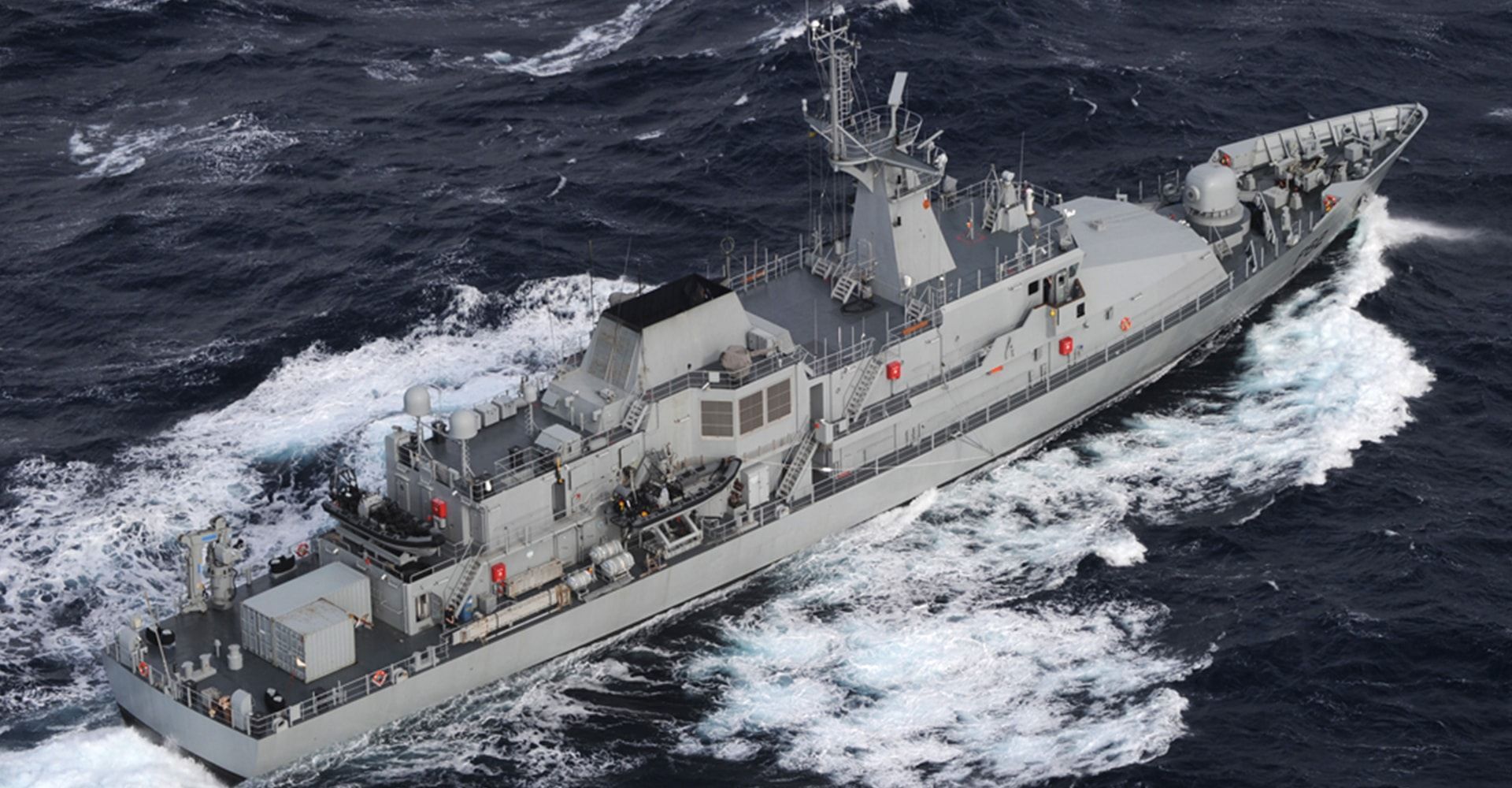The Irish Defence Forces observed a Russian spy ship operating three drones in Irish-controlled waters over the weekend, raising fears that the ship was conducting surveillance of critical subsea infrastructure.
The Irish Times reported that an Irish naval ship and Air Corps aircraft shadowed the ship as it passed through Irish-controlled waters.
Reported the Times: "The Yantar, which is officially described as an Auxiliary General Oceanographic Research vessel by the Russian authorities, is widely believed by western military intelligence to be equipped to conduct surveillance, and possible sabotage, on critical marine infrastructure such as gas pipelines and communications cables.
"It was operating as part of a three-ship flotilla, including the Admiral Golovko, a modern warship capable of carrying hypersonic missiles. Another group of three Russian ships was operating elsewhere in the Irish Sea and English Channel.
"The ships were being shadowed by the Norwegian and then the British Navy, and an Irish Air Corps C295 Maritime patrol aircraft. Security sources said the Yantar separated from the other ships before entering the Irish Exclusive Economic Zone (EEZ) on Thursday afternoon."
The Times report added that acting on intelligence, the Defence Forces had a Naval Service ship on standby in case the ship entered Irish-controlled waters. Open source marine monitoring shows the Irish ship involved was the LÉ James Joyce.
"The Yantar briefly activated its transponder signal, making it visible to ship tracking services, before turning it off four minutes later. However, the Irish vessel was able to observe its movements."
RTE reported: "On Sunday, while south of Cornwall, the Yantar turned off its transponder, meaning it disappeared from vessel tracking systems. It is now understood in that period it left the Admiral Golovko and headed north into the Irish Sea."
The Times report continued: "It was shadowed overnight by the Irish naval vessel and was observed operating near subsea communications cables and a gas interconnector pipeline.
"At one stage, Irish military personnel observed three drones in the air which appeared to be under the control of the Yantar. Security sources said the purpose of these drones is unclear but that “they are a source of some concern”.
"The Yantar, which has a crew of 60, is also believed to be capable of deploying autonomous undersea drones capable of interfering with subsea infrastructure.
The operation continued until Sunday morning, when the LÉ James Joyce escorted the Yantar out of the Irish EEZ off the south coast. A C295 aircraft was then redeployed to continue surveillance of the ship. That operation was ongoing as of lunchtime on Friday. Sources described it as an intelligence-led operation.
The Russian flotilla was part of a flurry of Russian military activity near Irish waters this week.
On Thursday, the British RAF scrambled fighter jets to intercept a Russian reconnaissance aircraft operating over the North Sea.
“Two Typhoons from RAF Lossiemouth in Scotland monitored a Russian Bear-F aircraft as it flew over the North Sea. The Russian reconnaissance plane had been detected in the UK’s area of interest and at no time was it able to enter UK sovereign airspace,” the British Ministry of Defence said in a statement.
The Yantar has operated in Irish waters before. In 2021, it was observed by the Irish Naval Service operating near critical communications cables off the coast of County Cork.
Earlier this year, based on a report by Bloomberg News, the Echo reported that Russian attack submarines have conducted missions around the Irish Sea twice since the 2022 invasion of Ukraine.
The first deployment of a Russian Kilo-class submarine close to the Irish Sea, happened around 18 months ago while the second occurrence took place more recently, the report stated.
Though the sea be named Irish its international waters would come under the purview of NATO.
U.S. officials were aware of the sub movements, the report added.
The Kilo-class submarine is a diesel-electric attack submarine capable of firing Russia's cruise missiles, as well as torpedoes and naval mines.
British nuclear submarines regularly cruise in the Irish Sea to and from their base in Scotland.
The seas and air around Ireland have seen considerable Russian activity in recent years. Russian bombers have flown down Ireland's west coast, at times with their transponders switched off, a hazardous action in the context of civil air routes.
Back in 2022 a Russian live fire naval exercise in the Irish Maritime Exclusive Economic Zone was moved westward after protests from Irish fishermen who put to sea in a protest flotilla. They pointed out that the exercises were set to take place in rich fishing grounds.
They were also planned in an era of the Atlantic where many transatlantic undersea cables converge and this raised serious concerns in western capitals.
Concerns have been expressed since that incident that Russian ships have been mapping seabeds off Ireland.
Those concerns will only rise in the wake of the weekend reporting of the Yantar's activities.







